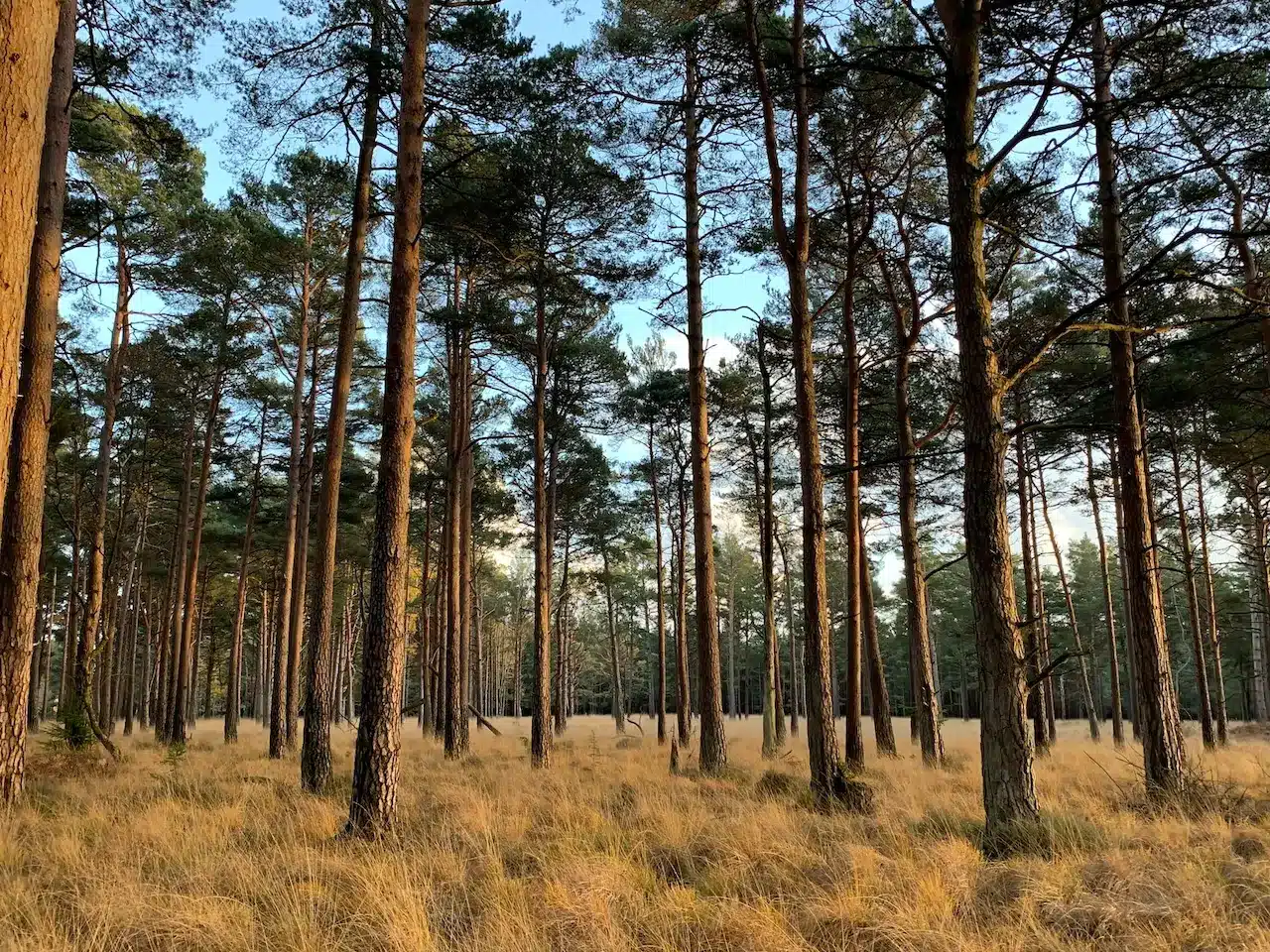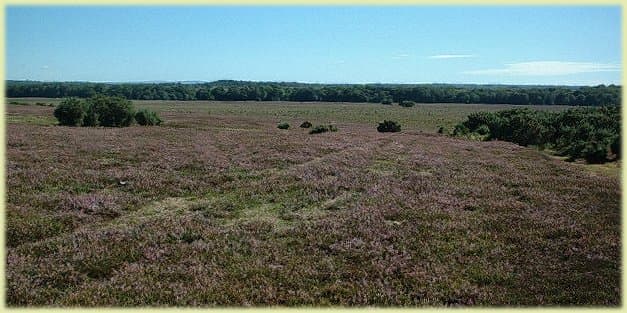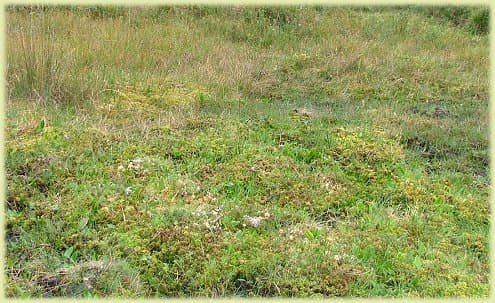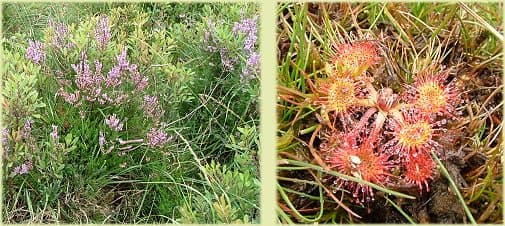New Forest bogs & wetlands

New Forest
bogs & wetlands
01.
Overview

The bogs and wetlands of the New Forest are a very important kind of habitat, and the presence of them throughout the Forest helped contribute to the area’s designation of an SAC, or Special Area of Conservation – a European Designation to ensure better protection and management for delicate areas.
The wetland areas appear throughout the New Forest, in low-lying areas of heathland, probably the Forest’s most important habitat. They differ in terms of size, with some bogs being under a few hundred square feet and other areas being much larger, but all share the same basic characteristics, flora and fauna.
Table of Contents
ToggleSome New Forest bogs may support year-round ponds which attract a good variety of insect, invertebrate and amphibian life, as well as offering fresh drinking holes for the New Forest ponies, cattle and deer.
Other bogs may just be wet under-foot, with no apparent permanent source of surface water like a pond of stream.

Wildlife of the New Forest bogs
The most notable difference between an area of wetland and dry Forest heathland is the vegetation. Heather covers the majority of heathlands throughout the Forest, and this hardy, low-lying plant also inhabits the boggy areas. But growing alongside the heather in abundant quantities are various species of grass, rushes and sedges.
Bog myrtle is also very common, a fairly low-growing (less than 1m tall) shrub with olive-green leaves and a distinctive herby-pine smell. At ground level, sundew can be found, as well as a number of different species of moss and lichens.
Sundew are tiny carnivorous plants that secrete a sticky liquid to cover their flowers. When small insects, such as midges, land on the flower they get stuck and the body is slowly broken down and digested by the plant.

The delicacy of New Forest bogs
The bogs throughout the New Forest have recently been undergoing a major conservation effort, and many have been restored to good health.
The ‘Sustainable Wetland Restoration in the New Forest‘ Life3 project succeeds the Life2 project to further understand and restore the bogs and mires of the New Forest. The Life projects have been undertaken jointly by bodies such as the Forestry Commission, National Trust and Natural England, and have received generous grants from the European Parliament in line with the New Forest being an SAC.
The boggy areas are easily churned up by roaming ponies and cattle, especially after particularly wet spells. Human foot-traffic can also play a major part in the damage, and many paths have been reinforced around such areas. Heather matting has been laid in spots that are particularly prone to erosion, and delicate banks have been sured up with timber panelling.
To help with the conservation effort, visitors to the New Forest should view the bogs from either the paths or from the more solid, dry heathland at the edge of the boggy areas.
If you have inadvertently cut across the Open Forest and find yourself surrounded by bog that you have to cross, take great care and tread lightly. Try and keep to the raised hummocks, and find the shortest and quickest route to drier land!
Animals of all varieties can be found around the New Forest bogs. Where there are permanent ponds and streams, the animal life is greater, and includes frogs and toads, newts and grass snakes, as well as many other small water invertebrae and insects.
Related Pages:

Most Visited Tourist Attractions in UK
The UK has a variety of world-renowned attractions. These range from museums to historic landmarks, and include natural wonders as well. This list includes some of the UK’s most popular tourist attractions, which attract millions of

Family Holiday in UK
The UK offers a wide range of family-friendly activities for all ages. There’s something to do for everyone, whether you want to explore vibrant cities, enjoy the countryside or experience thrilling adventure parks. Here are some of

Attractions in UK
The United Kingdom has a rich history, culture and natural beauty. This diverse and fascinating nation has something to offer everyone, whether you are a history enthusiast, a nature lover, or if you want to experience

Enjoying Nature in the New Forest
Immersing yourself in nature offers peace, adventure, and a unique way to rejuvenate the spirit. With its beautiful surroundings and diverse wildlife, the New Forest is an ideal location for outdoor enthusiasts. Planning your next

Top Road Trip Hacks
For nature enthusiasts, a road trip represents more than just traveling from point A to B—it’s an opportunity to forge meaningful connections with the natural world. Whether you’re planning to explore remote national parks or

Exploring natural wonders
Exploring natural wonders: from New Forest to the deserts of the UAE For English travellers, the UAE is a sweet invitation into a world of exceptional land beauty. From the billowing dunes of its
